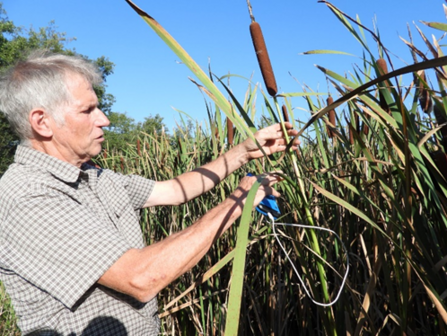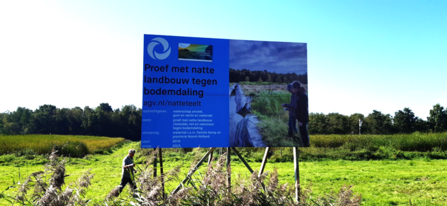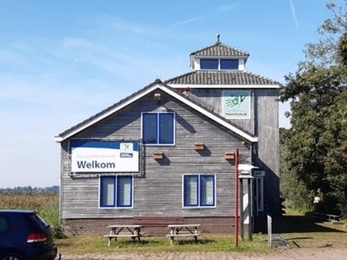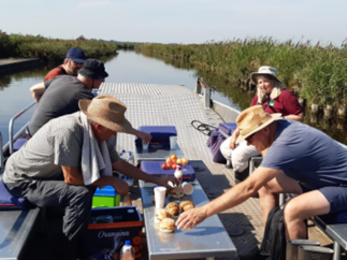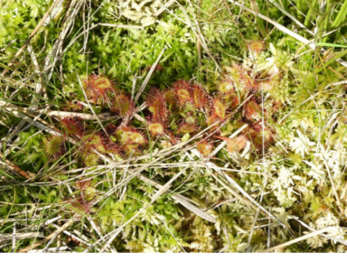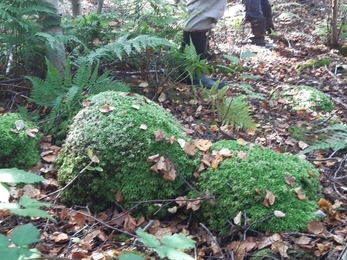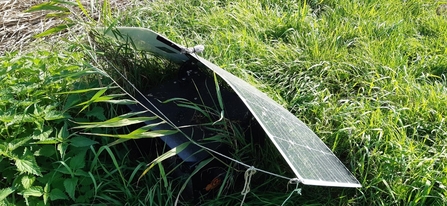In September, Lorna (Parker, Great Fen Restoration Manager) and I, joined colleagues from Natural England and the Broads Authority on a four-day study visit to the Netherlands. We went to meet individuals and organisations that are working to promote paludiculture (wet farming) and particularly typha (bullrush, also known as reedmace and cattail) growing. This is both as a response to climate change and to create new opportunities for farmers and land managers in wetlands. A mirror to our own efforts in the Great Fen.
Our guide, inspiration and general “fixer” was the wonderful Aldert Van Weeren. Aldert is a typha grower near Amsterdam, as well as being an entrepreneur, businessman, champion of wet farming, and policy lobbyist working to create institutional support for farmers, growers and paludiculture. Lorna and I knew Aldert from several UK and international wetland conferences and symposia and through his visit to the Great Fen last year.

